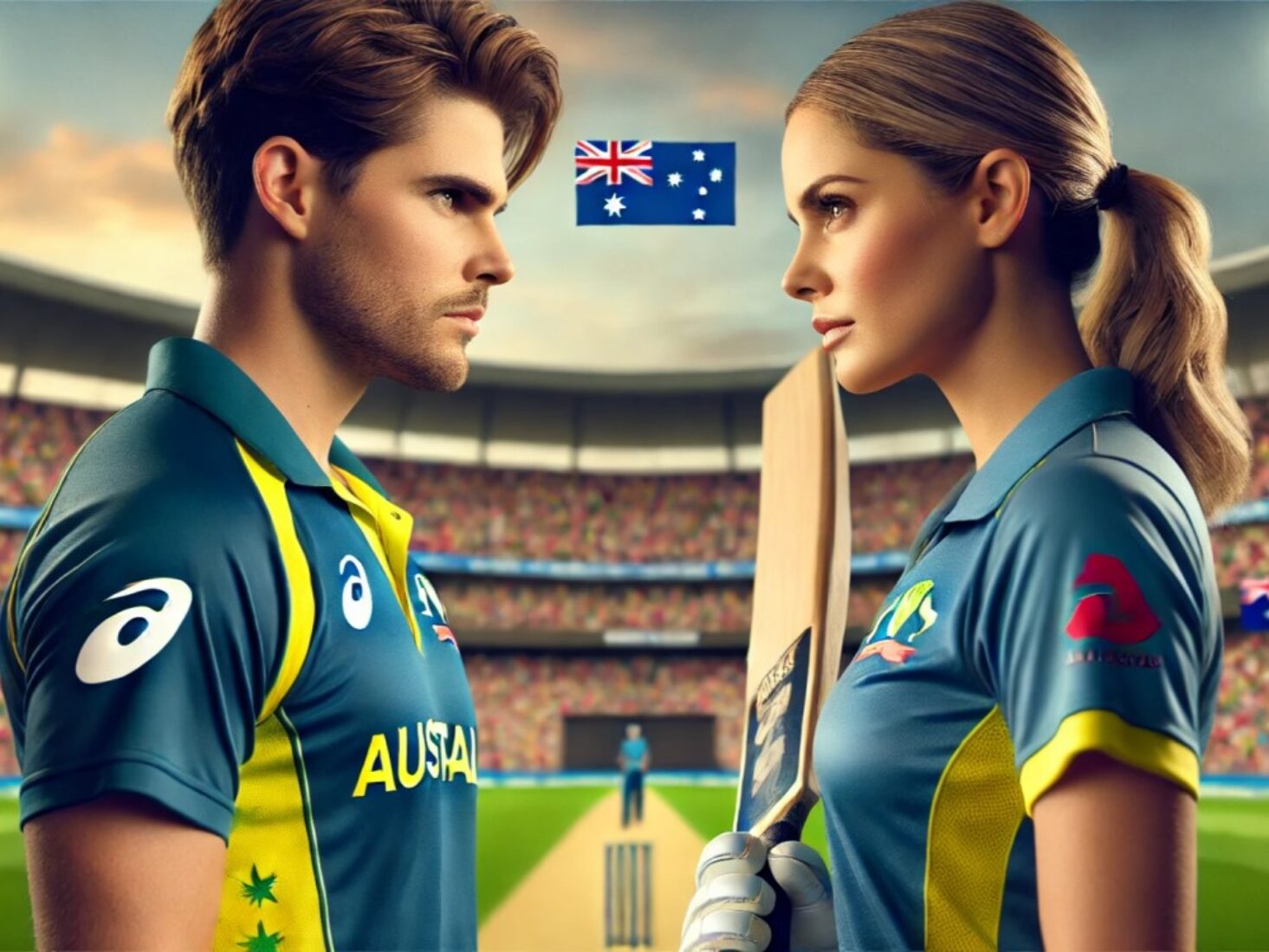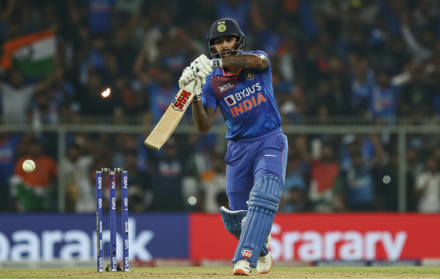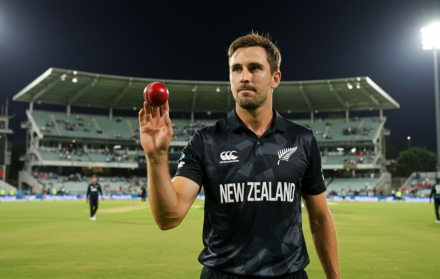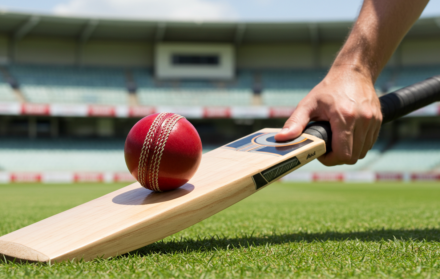
Comparisons Between Men’s and Women’s Cricket
Cricket, a sport deeply embedded in the cultural fabric of many countries, has seen significant evolution since its inception. The history of cricket is rich with tales of legendary players, historic matches, and evolving rules that have shaped the game into what it is today. While men’s cricket has traditionally been at the forefront, women’s cricket has steadily gained prominence, challenging stereotypes and breaking barriers. Comparing men’s and women’s cricket provides a fascinating insight into the similarities and differences that define each, highlighting the unique contributions of both genders to this beloved sport.
The history and evolution of cricket trace back to the 16th century, with the sport gradually developing formal rules and gaining popularity across England and its colonies. Over time, cricket evolved into various formats, including Test matches, One Day Internationals (ODIs), and Twenty20 (T20), each bringing a new dimension to the game. This historical context is crucial for understanding the foundation upon which both men’s and women’s cricket have built their respective legacies.
Women’s cricket, though often overshadowed by the men’s game, has its own rich history and has made remarkable strides in recent decades. The history and evolution of women’s cricket reveal a journey of perseverance and progress. From the first recorded women’s cricket match in 1745 to the establishment of the International Women’s Cricket Council in 1958, women’s cricket has steadily grown in stature and recognition. Today, it boasts professional leagues, international tournaments, and a dedicated fan base.
The influence of women’s cricket extends beyond the boundaries of the field. It has played a significant role in promoting gender equality and empowering women worldwide. The influence of women’s cricket can be seen in the increasing participation of women in sports, the rise of female cricket stars, and the growing media coverage of women’s matches. This influence is a testament to the sport’s power to inspire and drive social change.
Prominent women cricketers have become icons, not just within the sport but also as role models for aspiring athletes. These prominent women cricketers have achieved extraordinary feats, shattering records and setting new benchmarks for excellence. Their contributions have been instrumental in elevating the status of women’s cricket and inspiring future generations to pursue their dreams.
One of the most significant aspects of comparing men’s and women’s cricket is the ongoing struggle for gender equality. The fight for gender equality in cricket encompasses issues such as equal pay, equal opportunities, and equal recognition. Despite the progress made, there remains a disparity in how male and female cricketers are treated, both in terms of financial compensation and media exposure. Addressing these disparities is crucial for the continued growth and development of women’s cricket.
Sponsorship opportunities play a vital role in the growth of any sport, and women’s cricket is no exception. The sponsorship opportunities in women’s cricket have increased significantly, providing the necessary financial support to nurture talent and promote the game. Corporate sponsorships, endorsements, and partnerships have become more prevalent, helping to bridge the gap between men’s and women’s cricket.
The fight against sexism in cricket is an ongoing battle, as women cricketers continue to challenge stereotypes and push for fair treatment. The fight against sexism in cricket involves addressing prejudices, breaking down barriers, and advocating for a level playing field. This struggle is integral to ensuring that women’s cricket receives the respect and recognition it deserves.
The push for equal pay is one of the most visible aspects of the gender equality movement in cricket. Advocates for women’s cricket have been vocal about the need for equal pay for women cricketers, arguing that their contributions and efforts are equally valuable. Achieving pay parity is essential for the sustainability and growth of women’s cricket, ensuring that female cricketers can pursue their careers without financial constraints.
The inclusion of women’s cricket in major sporting events like the Olympics is a significant milestone. The presence of women’s cricket in the Olympic Games not only provides a global platform for the sport but also highlights its importance on the world stage. Olympic inclusion brings increased visibility, funding, and support, which are crucial for the continued advancement of women’s cricket.
Comparing men’s and women’s cricket offers valuable insights into the progress and challenges faced by both. While men’s cricket has a longer history and greater visibility, women’s cricket has made significant strides in recent years, driven by the dedication and talent of its players and supporters. The journey towards gender equality in cricket is ongoing, with each milestone bringing the sport closer to a future where both men and women cricketers are celebrated and valued equally.
Gameplay and Rules

At its core, cricket is a sport governed by the same fundamental rules for both men and women. However, there are notable differences in gameplay and regulations that reflect the distinct nature of each format.
Men’s cricket is often characterized by its higher pace and physicality. Fast bowlers in men’s cricket can bowl at speeds exceeding 90 miles per hour, while women’s cricket generally sees lower speeds, with top bowlers reaching around 70 miles per hour. This difference in speed impacts the dynamics of the game, with men’s cricket featuring more aggressive and power-driven shots. Conversely, women’s cricket emphasizes technical skill, precision, and strategic play, highlighting the finesse and adaptability of the players.
The formats of cricket—Test matches, One Day Internationals (ODIs), and Twenty20 (T20)—are played in both men’s and women’s cricket, but the structure and length can differ. Men’s Test matches are traditionally played over five days, while women’s Test matches are typically four days. This difference impacts the strategies and endurance required. In ODIs and T20s, the overs are the same (50 and 20, respectively), but the pacing and approach can vary, with women’s matches often showcasing more innovative and tactical play.
While the equipment used in both men’s and women’s cricket is fundamentally the same, there are slight variations. Women’s cricket balls are slightly smaller and lighter, which affects swing and spin. Additionally, the boundaries in women’s cricket are often shorter, reflecting the different power dynamics in the game. These adjustments ensure that the sport remains competitive and engaging across both formats, catering to the strengths and capabilities of the players.
Popularity and Viewership
The popularity and viewership of men’s and women’s cricket have historically been disparate, with men’s cricket enjoying a more established and widespread following. However, recent years have seen significant strides in bridging this gap.
Men’s cricket has a long-standing history and has been a major sport in countries like England, Australia, India, and the West Indies. Iconic tournaments such as the Ashes and the Cricket World Cup have drawn massive global audiences. Women’s cricket, while having a rich history of its own, did not receive the same level of attention until more recent decades. The first Women’s Cricket World Cup was held in 1973, two years before the men’s equivalent, yet it took longer for women’s cricket to gain widespread recognition.
The last decade has witnessed a surge in the popularity of women’s cricket. Major tournaments, such as the Women’s T20 World Cup and the Women’s Cricket World Cup, have garnered significant viewership. The 2020 Women’s T20 World Cup final, held in Melbourne, drew a record attendance of over 86,000 spectators, highlighting the growing interest in women’s cricket. Television and online streaming platforms have played a crucial role in making women’s cricket accessible to a broader audience, helping to increase its popularity.
Social media has been instrumental in promoting women’s cricket. Platforms like Twitter, Instagram, and YouTube allow players to connect with fans directly, share their stories, and highlight their achievements. Campaigns like #WatchThis and #IDeclare have successfully increased visibility and support for women’s cricket, drawing in a younger, more diverse audience. These efforts have not only boosted viewership but also inspired a new generation of female cricketers.
Funding and Investment

The financial landscape of men’s and women’s cricket reveals stark contrasts, although efforts are underway to address these disparities and promote greater equality.
Men’s cricket enjoys substantial sponsorship deals, broadcasting rights, and advertising revenue. High-profile tournaments like the Indian Premier League (IPL) generate enormous profits, which are then reinvested into the sport. In contrast, women’s cricket has historically struggled with limited financial support. However, recent years have seen a positive shift, with increased investment from governing bodies, sponsors, and broadcasters. Initiatives like the Women’s Big Bash League (WBBL) and The Hundred in England have attracted significant funding and sponsorship, contributing to the growth of women’s cricket.
There remains a significant disparity in player salaries between men’s and women’s cricket. Male cricketers, especially those at the international level, often earn substantial incomes from contracts, match fees, and endorsements. Female cricketers, while seeing improvements, generally receive lower pay. Efforts to address this include the introduction of central contracts for female players and increased prize money for women’s tournaments. The England and Wales Cricket Board (ECB), for instance, has made strides in closing the pay gap, ensuring that female cricketers receive better financial support and security.
Investment at the grassroots level is crucial for the sustained growth of both men’s and women’s cricket. Historically, men’s cricket has benefited from extensive funding for youth academies, coaching programs, and infrastructure development. Women’s cricket, on the other hand, has faced challenges in accessing similar resources. Recognizing this, cricket boards and organizations worldwide are now prioritizing investment in women’s cricket at the grassroots level. Programs aimed at encouraging girls to take up the sport, improving coaching standards, and providing better facilities are being implemented to ensure a robust pipeline of talent for the future.
Media Coverage and Representation
Media coverage plays a pivotal role in shaping the public perception and popularity of any sport. The coverage of men’s and women’s cricket has traditionally been unequal, but there are concerted efforts to rectify this imbalance.
Men’s cricket has historically enjoyed extensive media coverage, with major tournaments and series broadcast on prime television slots. Women’s cricket, in contrast, often struggled to secure similar coverage, with many matches not televised or relegated to less prominent channels. This trend is changing, with broadcasters recognizing the growing interest in women’s cricket. Major networks now air women’s matches, and streaming services provide broader access, ensuring that fans can follow their favorite teams and players.
The presence of women’s cricket in sports journalism has also seen significant improvements. Dedicated columns, feature articles, and in-depth analyses of women’s cricket are becoming more common in major publications and online platforms. Journalists and commentators are actively promoting women’s cricket, highlighting key performances, and providing insightful commentary. This increased coverage helps elevate the profile of women’s cricket and ensures that its achievements are recognized and celebrated.
Social media and digital platforms have revolutionized the way sports are consumed and promoted. Women’s cricket has benefited immensely from these platforms, which offer a direct line of communication between players, teams, and fans. Social media campaigns, live streaming of matches, and interactive content have all contributed to raising the profile of women’s cricket. Players actively engage with fans, share behind-the-scenes glimpses, and advocate for greater support and recognition, fostering a strong sense of community and engagement.
Cultural Significance and Impact

Cricket holds a special place in the cultural fabric of many nations, and both men’s and women’s cricket contribute to this cultural significance in unique ways.
Men’s cricket has long been a symbol of national pride and identity in countries like England, Australia, India, and the West Indies. Iconic series such as the Ashes, the India-Pakistan rivalry, and the West Indies’ dominance in the 1970s and 1980s have created lasting legacies and passionate fanbases. Men’s cricket has produced legendary figures such as Sir Don Bradman, Sachin Tendulkar, and Sir Vivian Richards, whose contributions transcend the sport and inspire generations.
Women’s cricket, while historically overshadowed by its male counterpart, has carved out its own cultural significance. The achievements of female cricketers, such as Belinda Clark, Mithali Raj, and Ellyse Perry, have paved the way for greater recognition and respect for women’s cricket. The success of women’s teams in major tournaments, such as the Women’s Cricket World Cup, has inspired young girls to take up the sport and pursue careers in cricket. The rise of women’s cricket is not just about sporting excellence but also about challenging stereotypes, promoting gender equality, and empowering women and girls.
Both men’s and women’s cricket have a profound impact on communities, providing opportunities for social cohesion, development, and empowerment. Cricket programs in schools, clubs, and community centers promote physical fitness, teamwork, and discipline. In many countries, cricket serves as a vehicle for social change, with initiatives aimed at promoting education, health, and social inclusion. The visibility and success of women’s cricket, in particular, play a crucial role in challenging traditional gender norms and advocating for greater opportunities for women in sports and beyond.
Challenges and Opportunities
While both men’s and women’s cricket have made significant strides, they face unique challenges and opportunities that will shape their future trajectories.
Men’s cricket faces challenges such as maintaining the balance between traditional formats and the growing popularity of T20 leagues. The increasing commercialization of the sport and the packed international calendar put pressure on players and can lead to issues like player burnout and injuries. Ensuring that the sport remains accessible and engaging for new generations while preserving its rich heritage is a key challenge for cricketing bodies.
Women’s cricket continues to grapple with issues such as funding disparities, limited media coverage, and unequal access to facilities and resources. Bridging the gap in pay and investment between men’s and women’s cricket remains a priority. Additionally, overcoming societal stereotypes and promoting greater participation of women and girls in cricket are ongoing challenges.
Both men’s and women’s cricket have immense potential for growth. Expanding the reach of the sport to new regions and countries, leveraging technology to enhance the fan experience, and promoting inclusivity and diversity are key opportunities. Women’s cricket, in particular, has the potential to drive significant social change by challenging gender norms and advocating for equality. Investing in grassroots development, improving coaching standards, and providing better pathways for young talent are crucial steps toward a sustainable future for cricket.
Conclusion: Embracing Inclusivity and Innovation in Cricket

The comparisons between men’s and women’s cricket reveal a complex landscape characterized by both similarities and differences. While men’s cricket has long enjoyed widespread popularity and financial support, women’s cricket is rapidly gaining ground, driven by the passion and talent of its players and the growing recognition of its value. Both formats contribute to the rich cultural tapestry of the sport, inspiring millions and fostering a sense of community and pride.
As cricket continues to evolve, embracing inclusivity, equality, and innovation will be key to its sustained growth and success. By addressing the unique challenges faced by men’s and women’s cricket and leveraging the opportunities for development, the sport can ensure a vibrant and dynamic future for all.
Men’s cricket, known for its thrilling pace and power, has set a high standard with its long-established tournaments and massive fanbase. The strategic finesse and rising visibility of women’s cricket are equally impressive, showcasing the sport’s adaptability and potential for growth. The dedication and skill of women cricketers are attracting new fans and sponsors, paving the way for greater investment and development.
To achieve a truly inclusive cricketing world, stakeholders must continue to support initiatives that promote gender equality, improve infrastructure, and provide equal opportunities for both men and women. This includes increasing media coverage, enhancing training facilities, and ensuring equal pay and sponsorship opportunities.
In conclusion, the future of cricket lies in its ability to embrace diversity and foster innovation. By recognizing the unique contributions of both men’s and women’s cricket, the sport can continue to grow and thrive, uniting fans and players from all backgrounds. Whether through the electrifying action of men’s cricket or the tactical brilliance of women’s cricket, the game remains a powerful force for connection, inspiration, and excellence. Embracing these values will ensure that cricket continues to be a source of joy and pride for generations to come.





